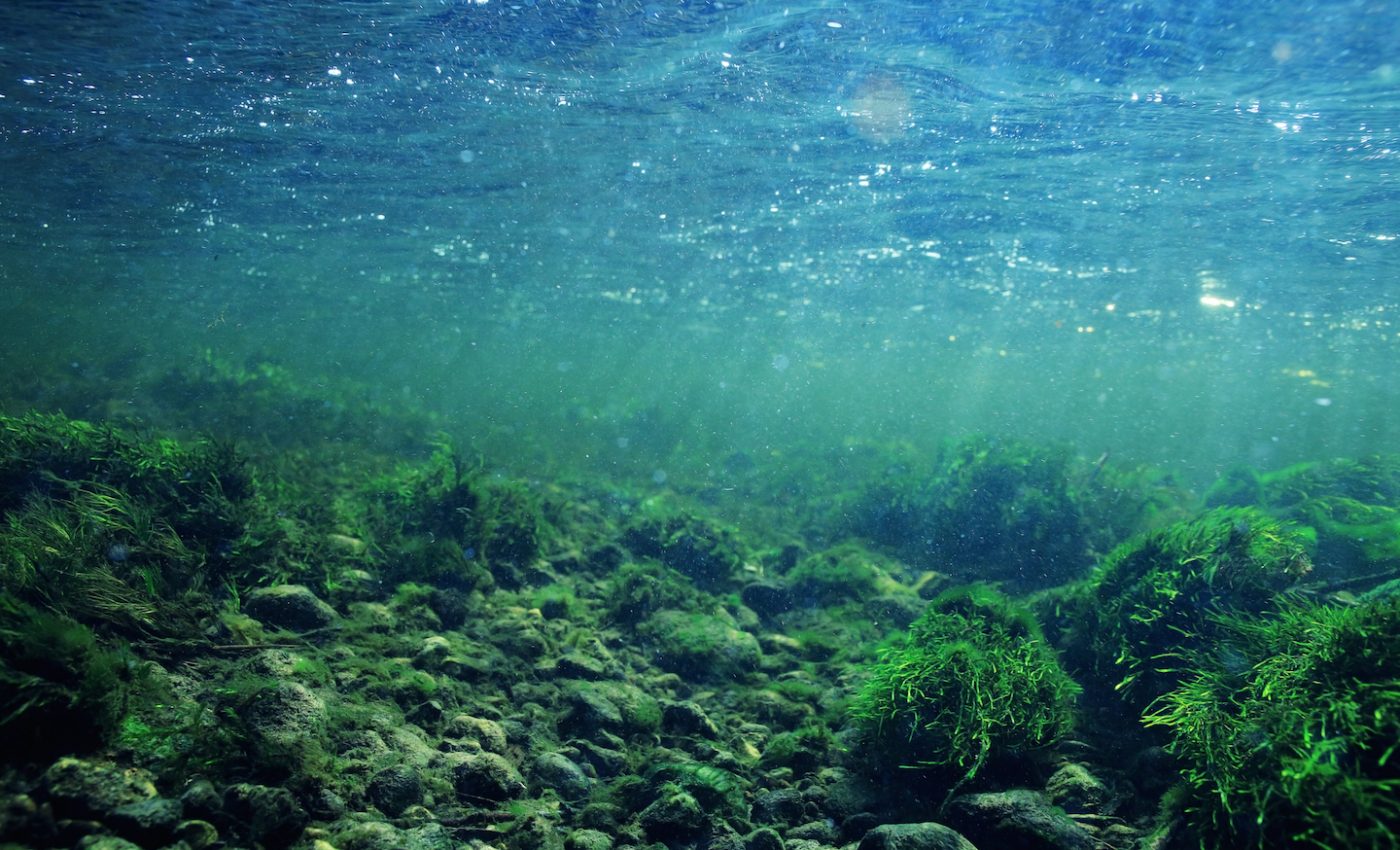
Land plants inherited their drought defenses from aquatic algae
One of the most important leaps in the evolution of life on our planet happened when plants moved from water to land. However, scientists have struggled to understand how plants managed to make this transition despite major challenges such as drought.
A new study has revealed that underwater algae may have been responsible for passing along the built-in ability of plants to detect and respond to drought. The researchers found that the signaling pathway which triggers drought defenses in plants has remained fundamentally the same for hundreds of millions of years.
This pathway first appeared in freshwater algae and was later inherited by land plants to tackle the stress of their new terrestrial environment. The same pathway still exists today across the vast majority of plants, from mosses and ferns to crops and other flowering plants.
Study co-author Douglas Soltis is a curator at the Florida Museum of Natural History and a distinguished professor in the Department of Biology at the University of Florida.
“The evolution of this pathway is one of the key events in the history of life on Earth,” said Professor Soltis. “Even though these algae lived underwater, they hit on some of the features that would ultimately allow plants to deal with the stress of desiccation on land. We wouldn’t be here if they hadn’t figured that out.”
Professor Soltis pointed out that a better understanding of how plants evolved this pathway is crucial at a time when we are facing more severe droughts that could threaten our food supply.
“Maintaining or increasing crop yields under drought conditions, which will be exacerbated by climate change, is one of the keys to the future of agriculture. It’s not an easy problem to solve, but it’s a big one for human health and well-being. Now that we have a blueprint for the pathway that controls plants’ drought tolerance, we may be able to manipulate it.”
Study co-author Professor Zhong-hua Chen of Western Sydney University was studying an alert system in plants that senses drought and excess light known as chloroplast retrograde signaling. Professor Chen passed along a data set to Professor Soltis that showed whether certain enzymes were present or absent in a variety of green plant lineages. Data from several species of algae were also included for comparison.
Professor Soltis was surprised to find two groups of drought-related enzymes in aquatic algae. “I made sure I had the lines straight and said, ‘Whoa, this is pretty cool.’ I wrote Zhong-hua back right away and said, ‘I think you’ve got something big here.’”
While streptophyte algae do not often face the threat of drought, Professor Soltis explained that the harsh growing conditions in some of their habitats have many of the same effects.
“High salinity is basically desiccation. These algae may have developed some of these signal pathways because they were living in these ephemeral, salty habitats and, in the process, stumbled upon something that could be co-opted for life on land.”
The discovery of the drought signaling pathway in streptophyte algae, an ancestor of land plants, indicates that it predates the transition of plants to land.
“If this signaling pathway originated in streptophyte algae, it could potentially push the evolution of this pathway back to 580 million years ago,” said Professor Chen. “Of course, we will need more research to validate that.”
“We know so much about flowering plants, but these algae are poorly understood,” said Professor Soltis. “This is a great example of the value in taking a step back and seeing the bigger evolutionary picture. It gives us a deeper perspective of how this puzzle was put together to begin with.”
The study is published in the journal Proceedings of the National Academy of Sciences.
—
By Chrissy Sexton, Earth.com Staff Writer













